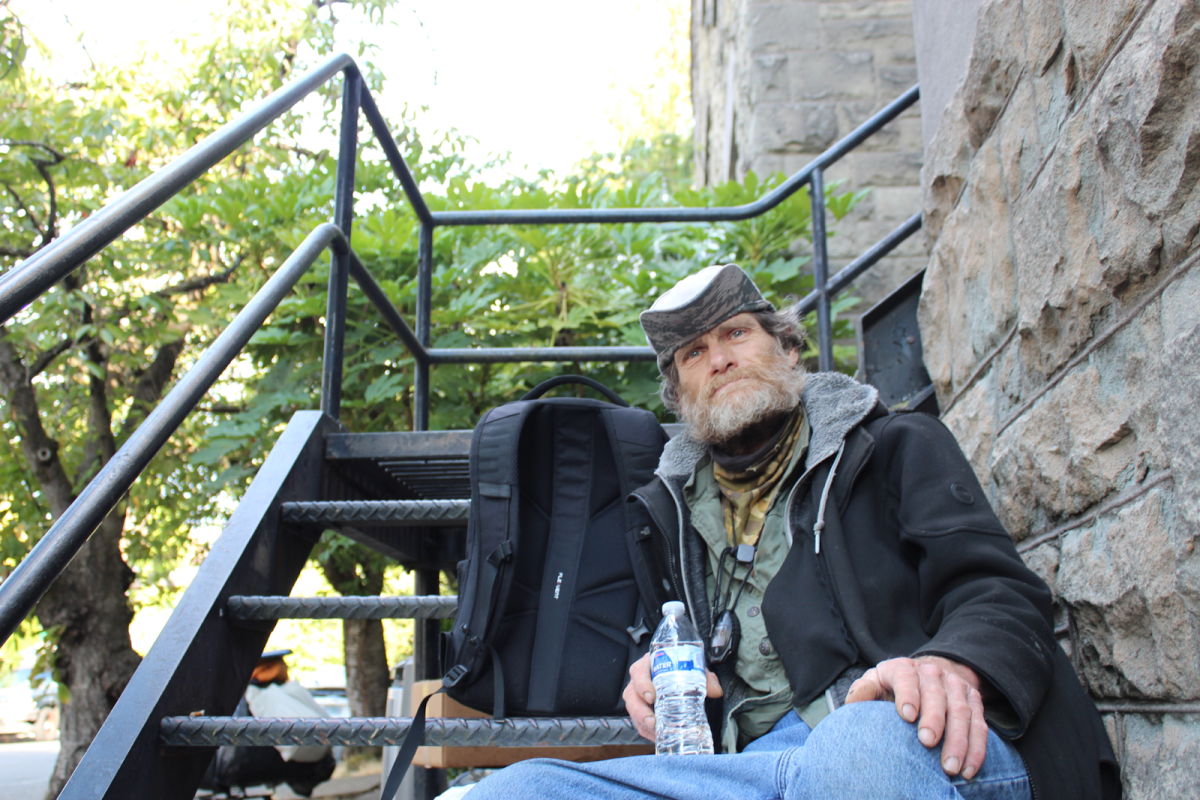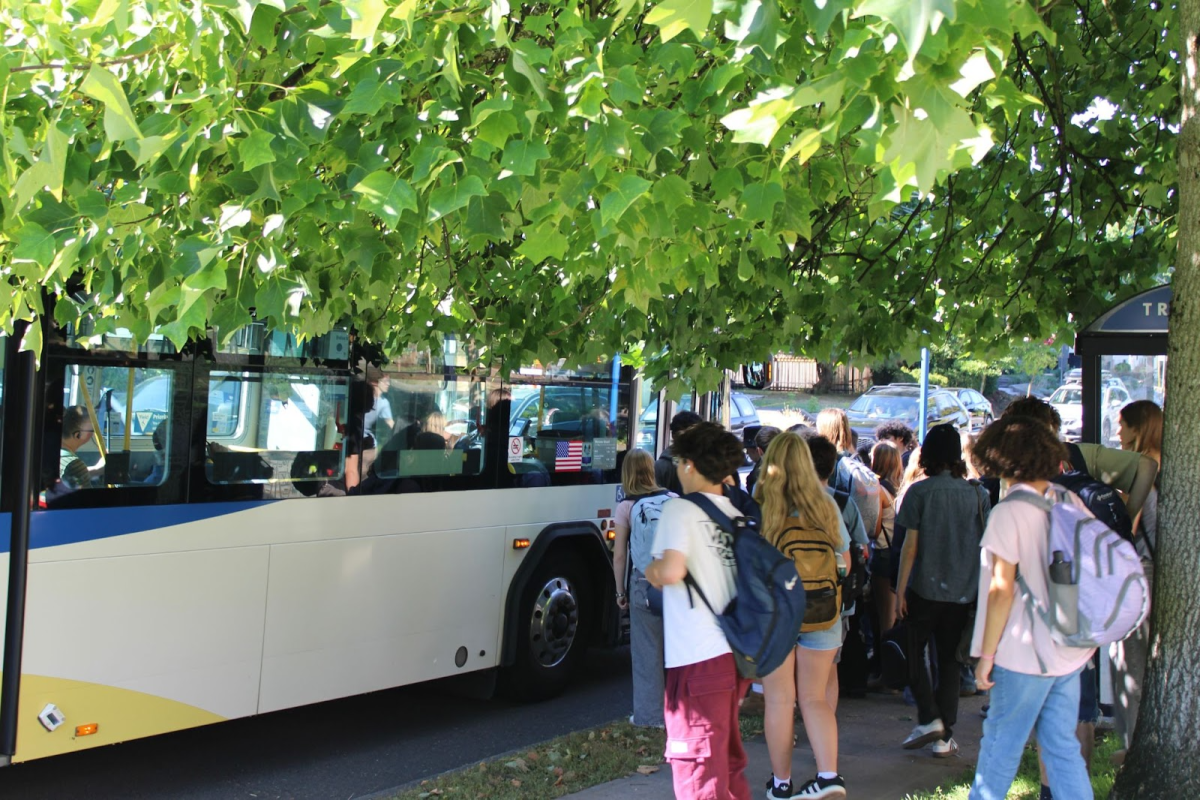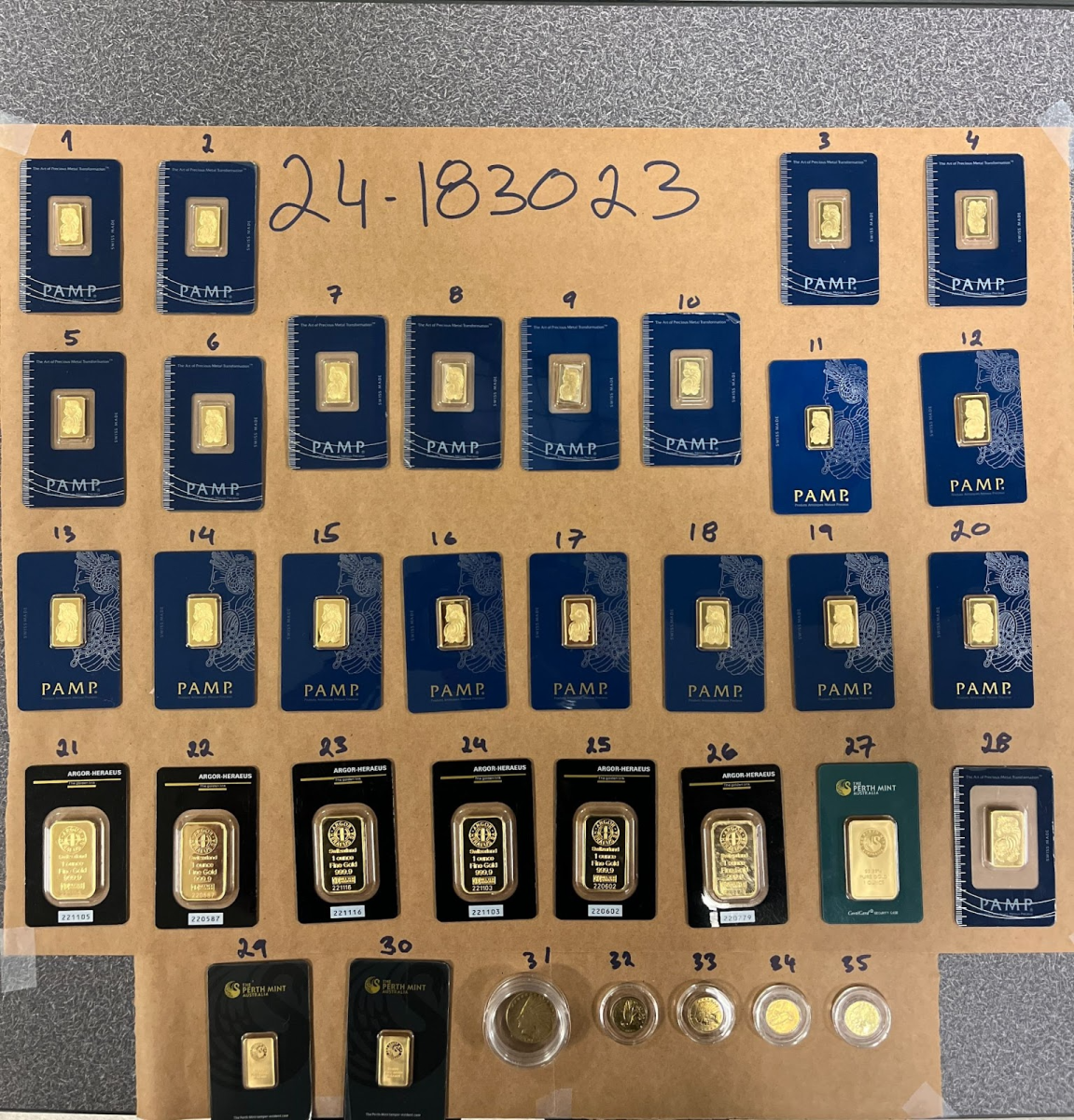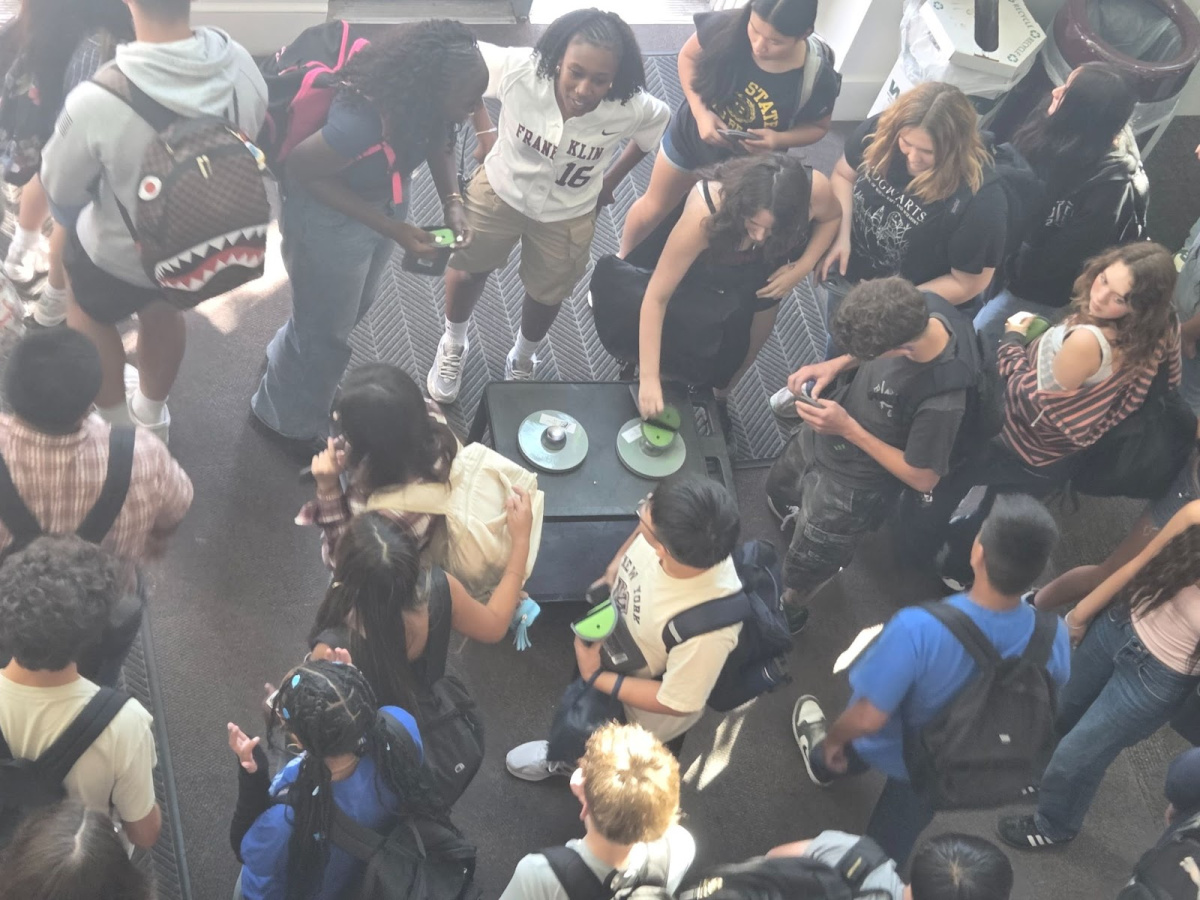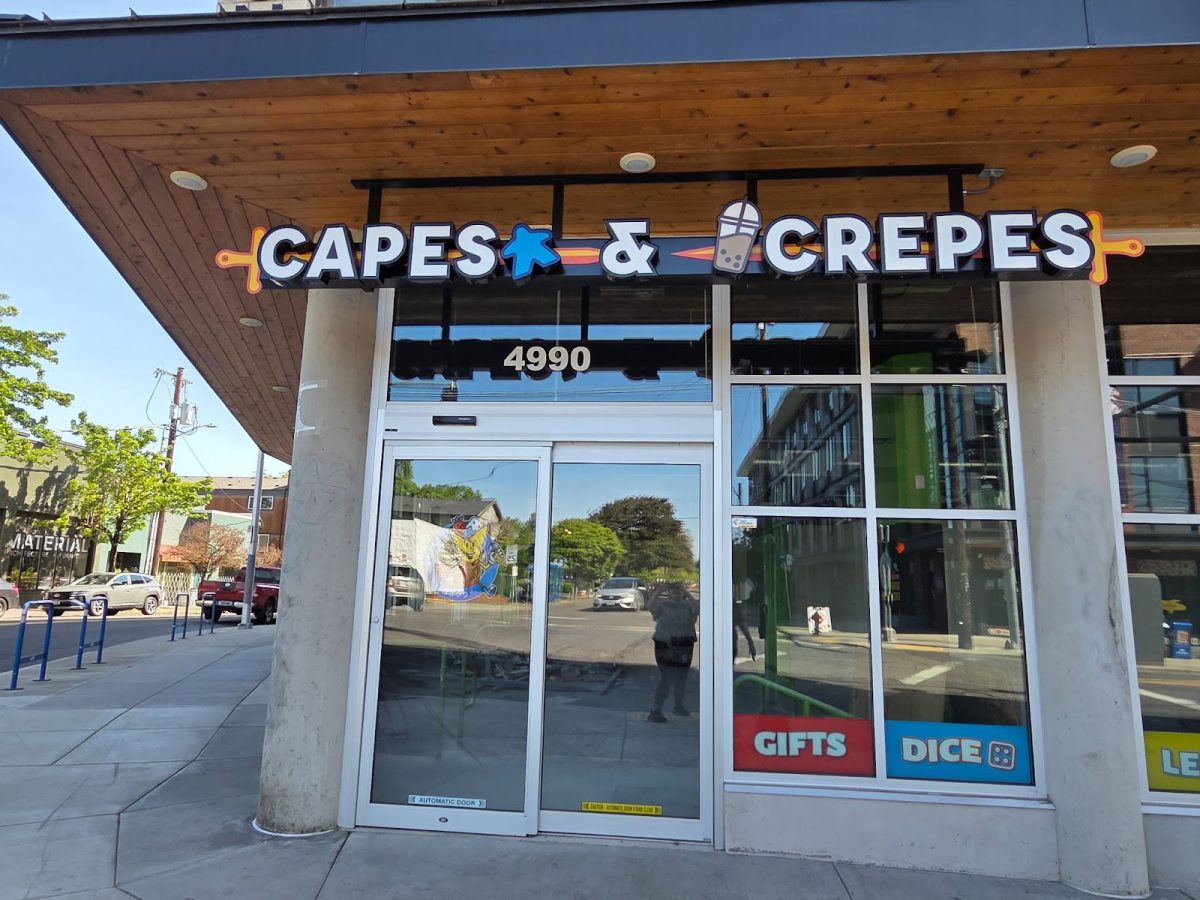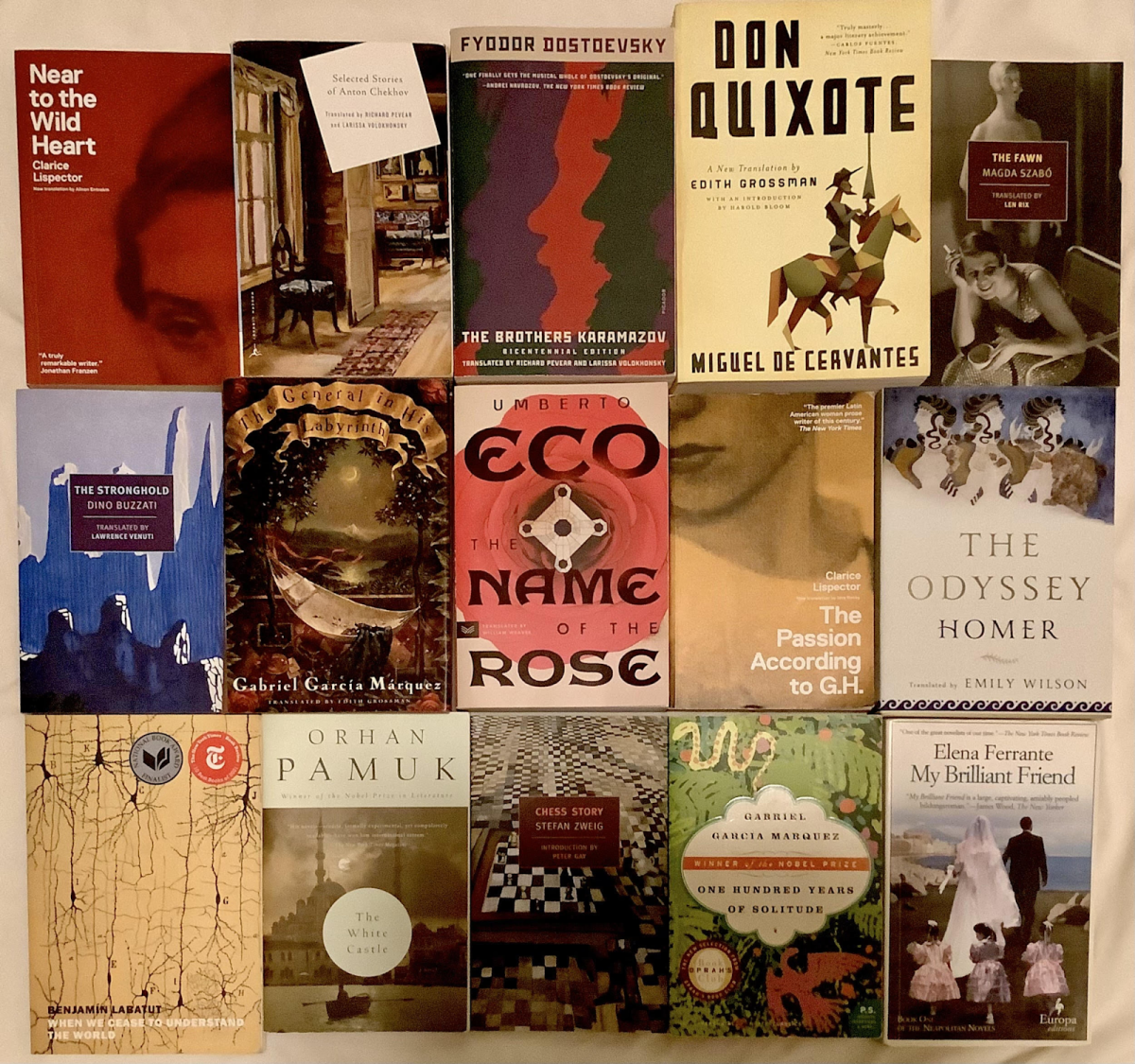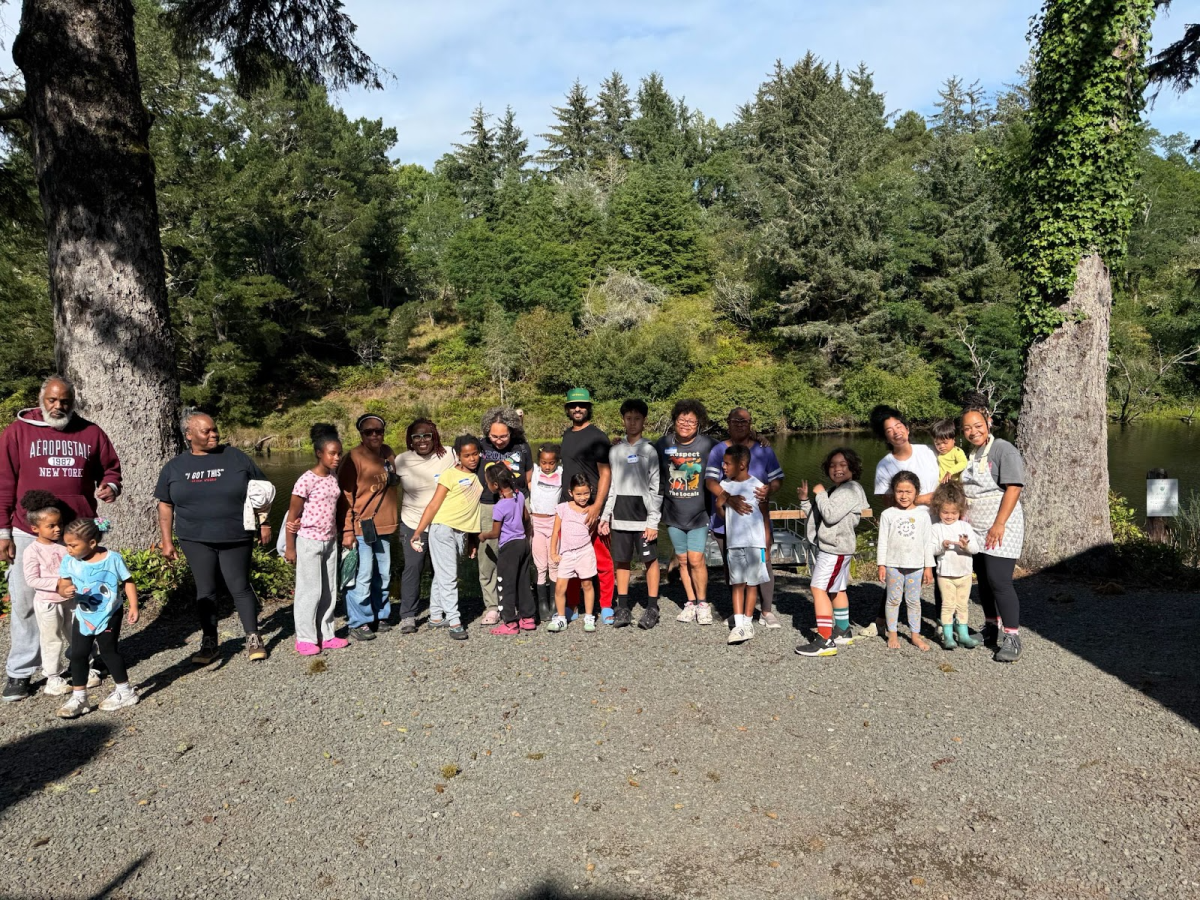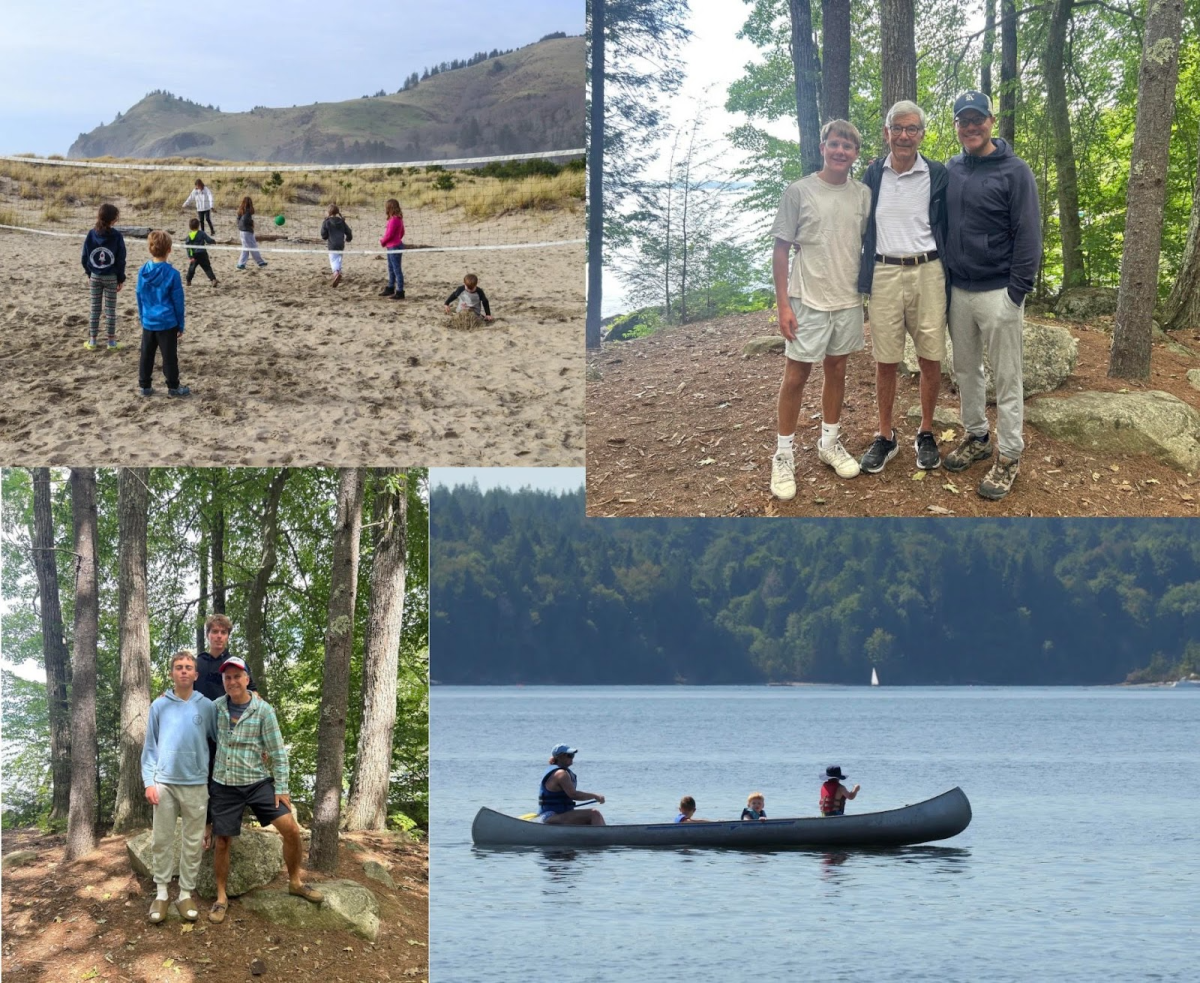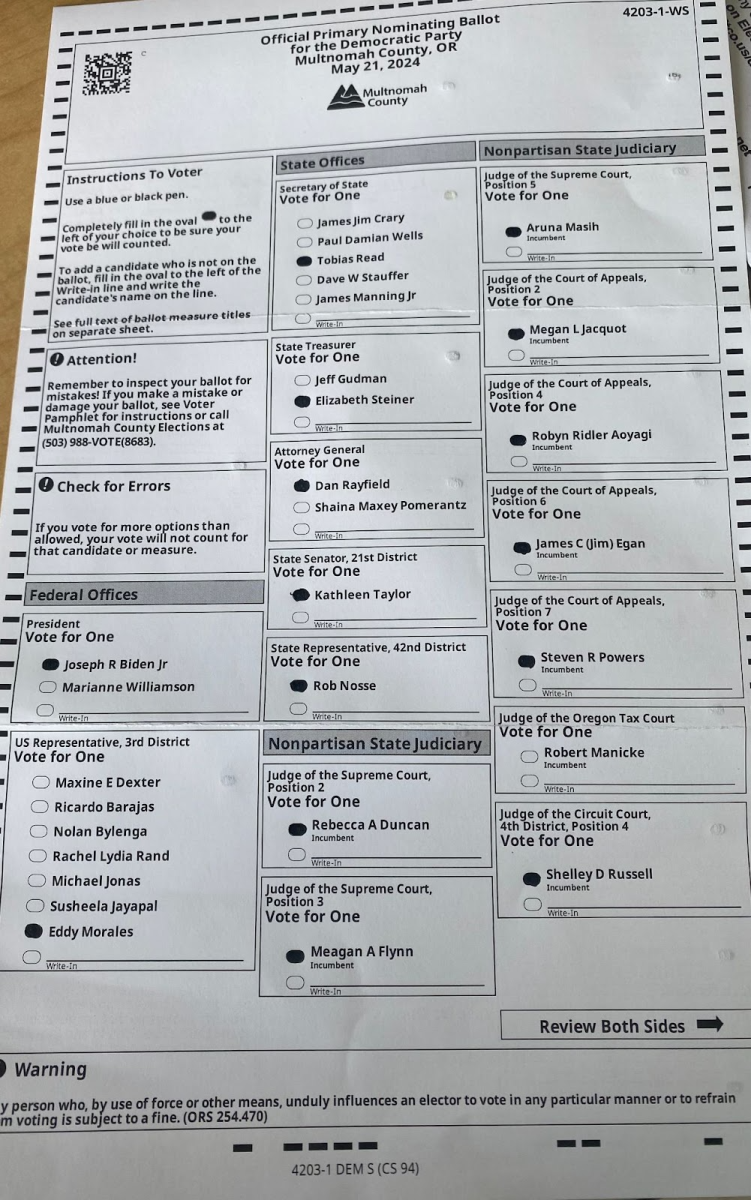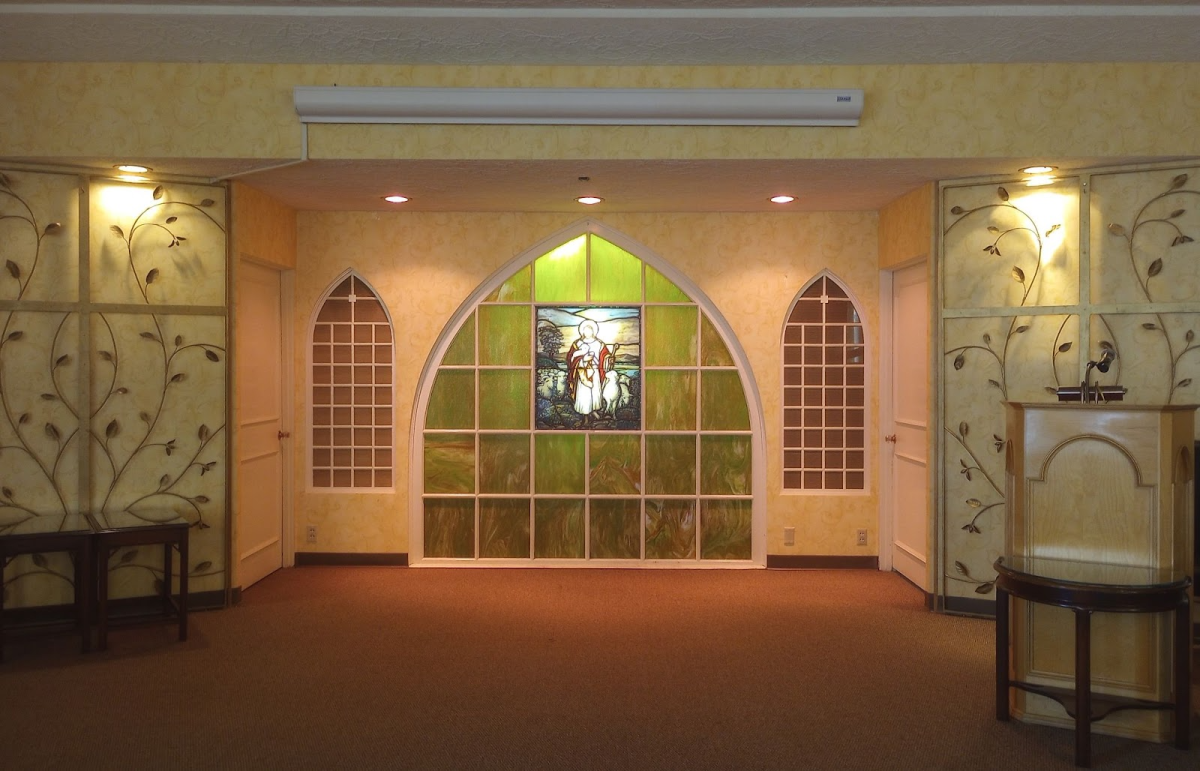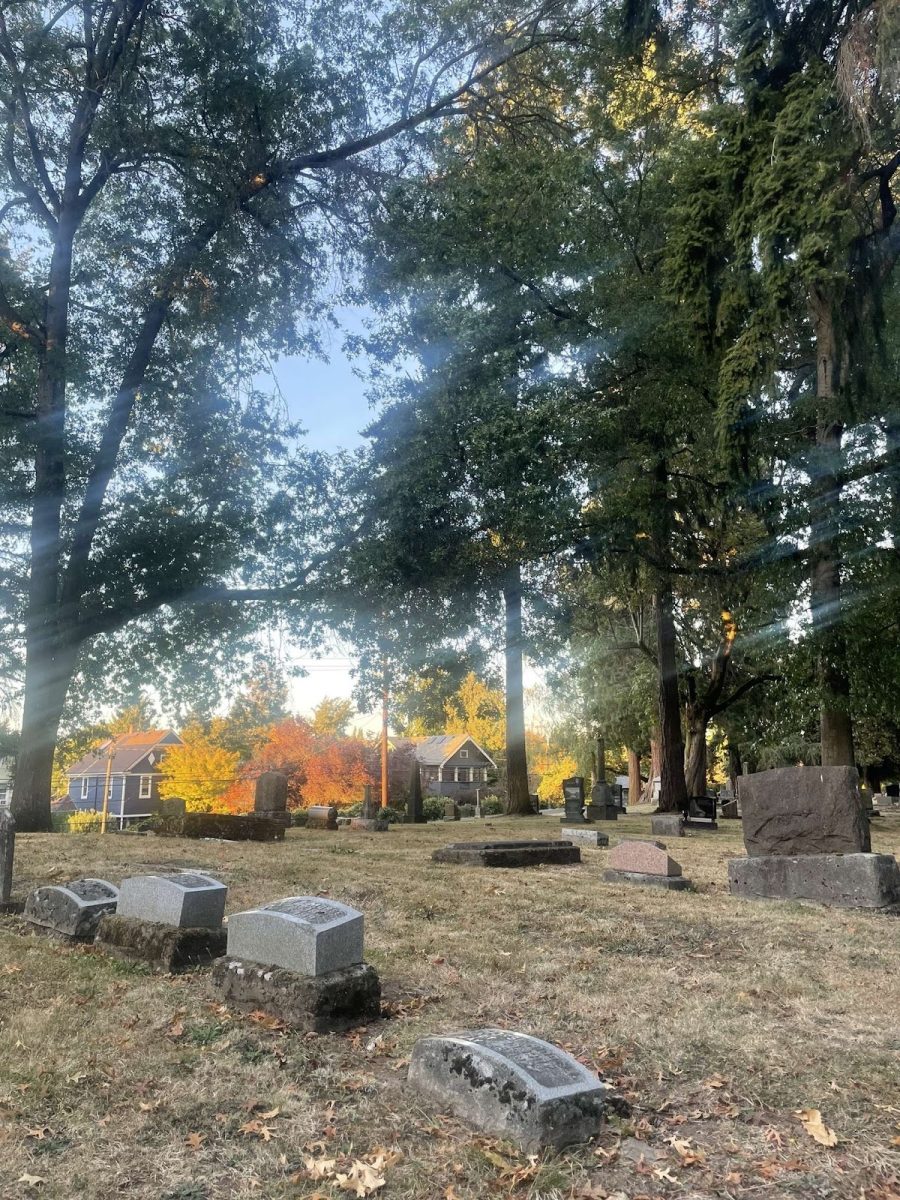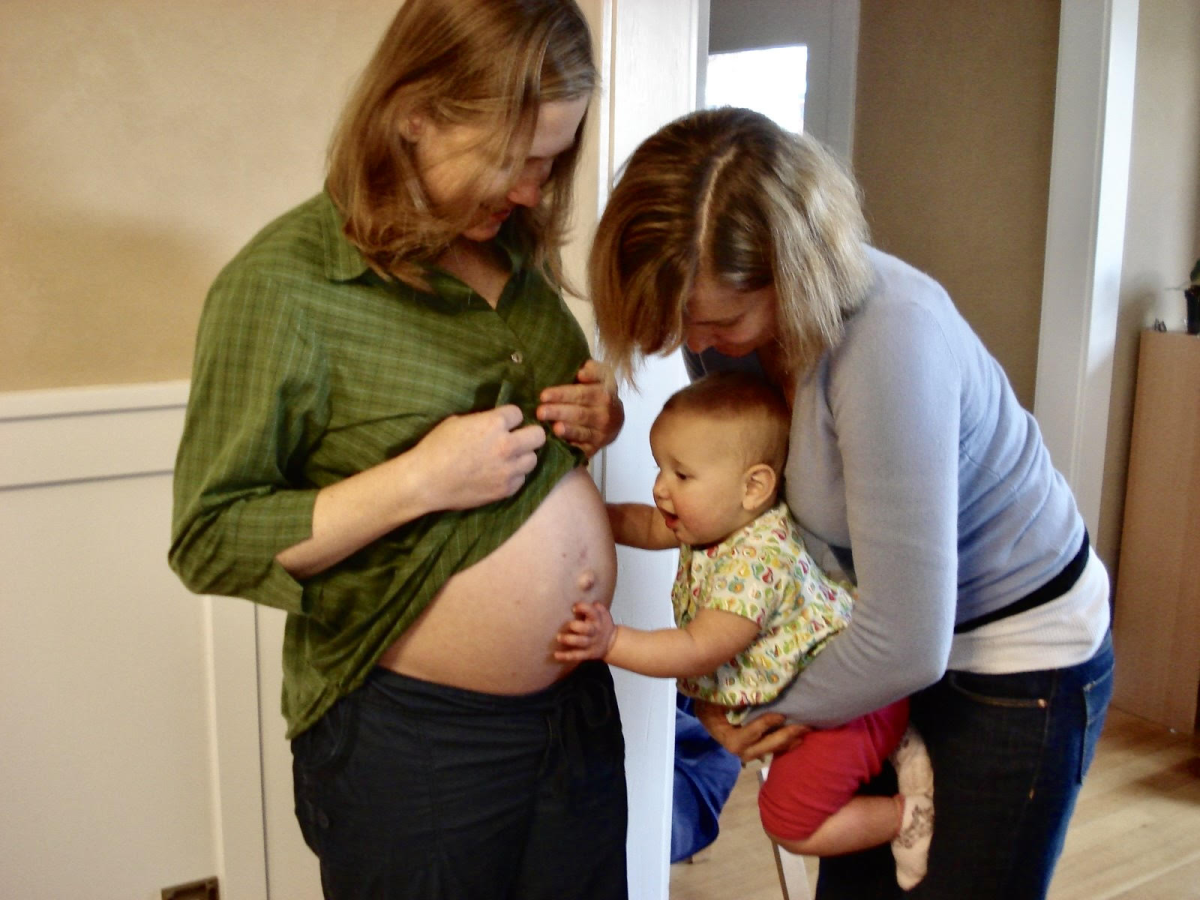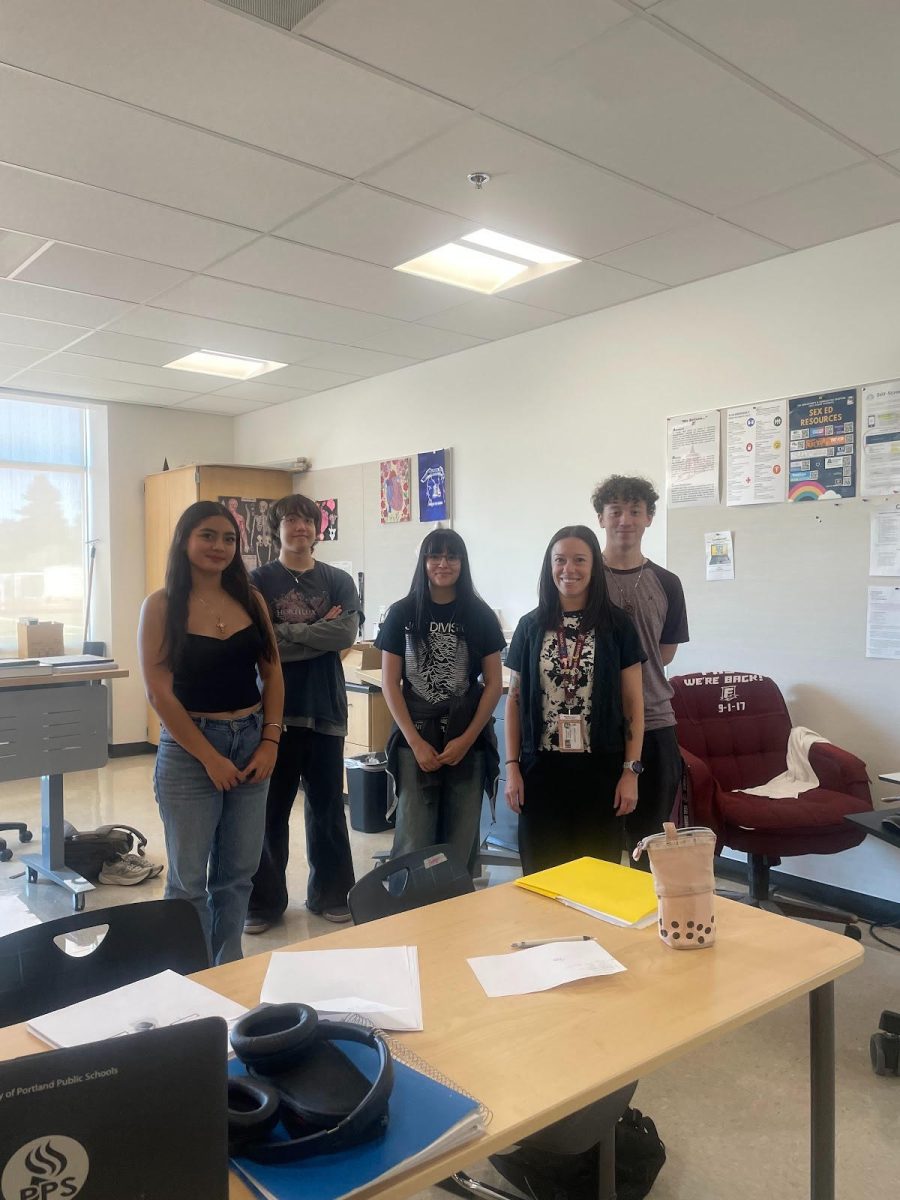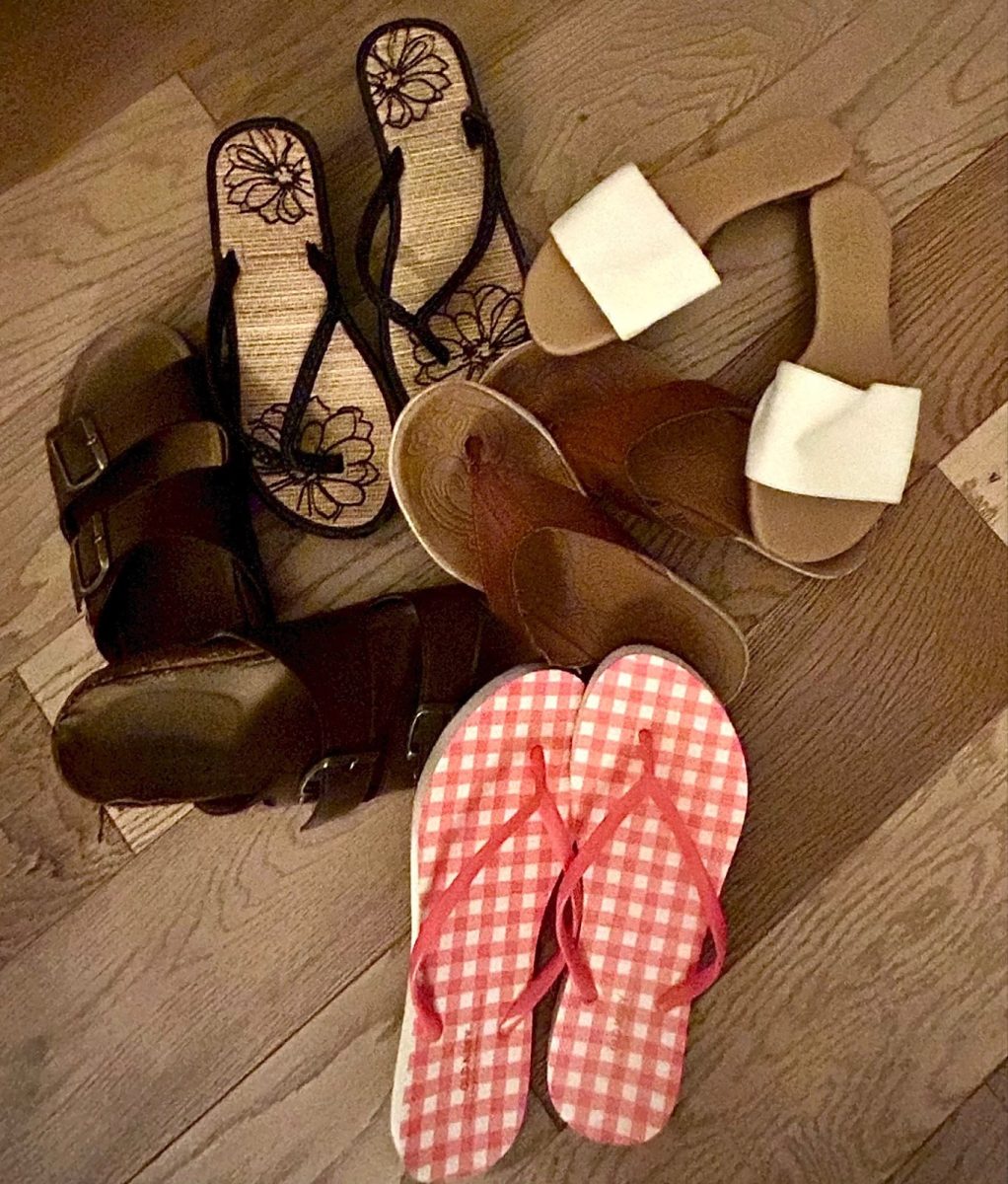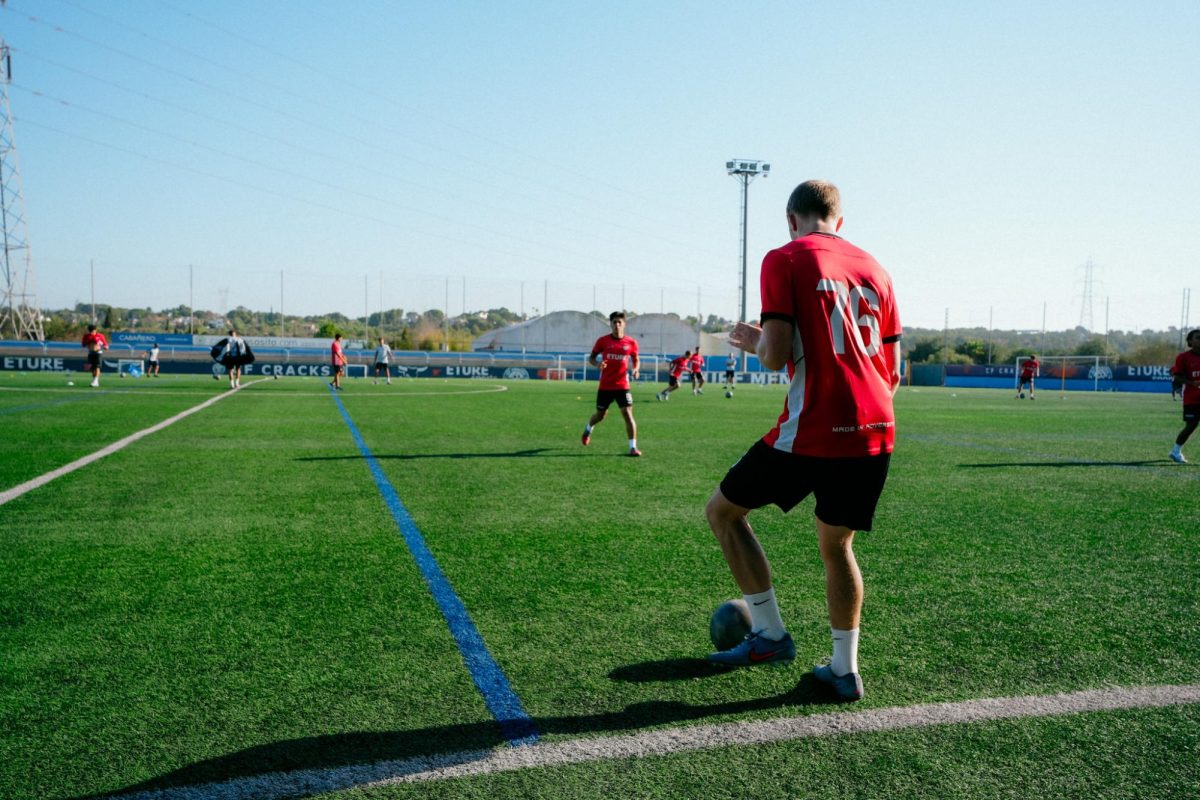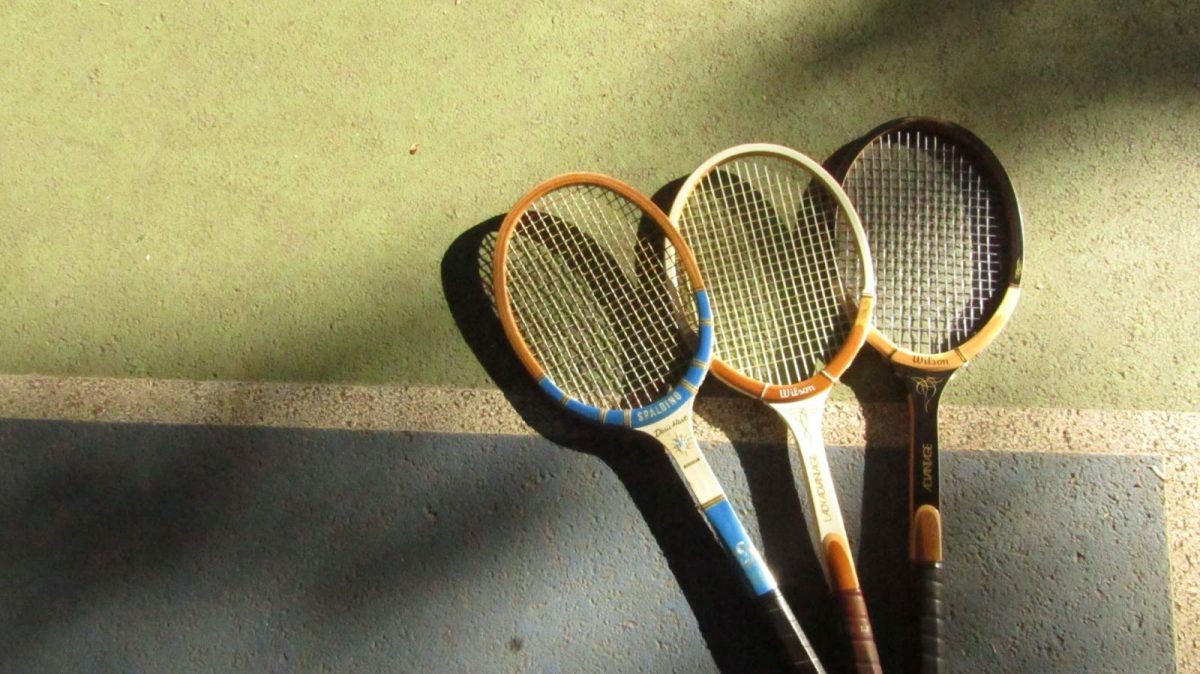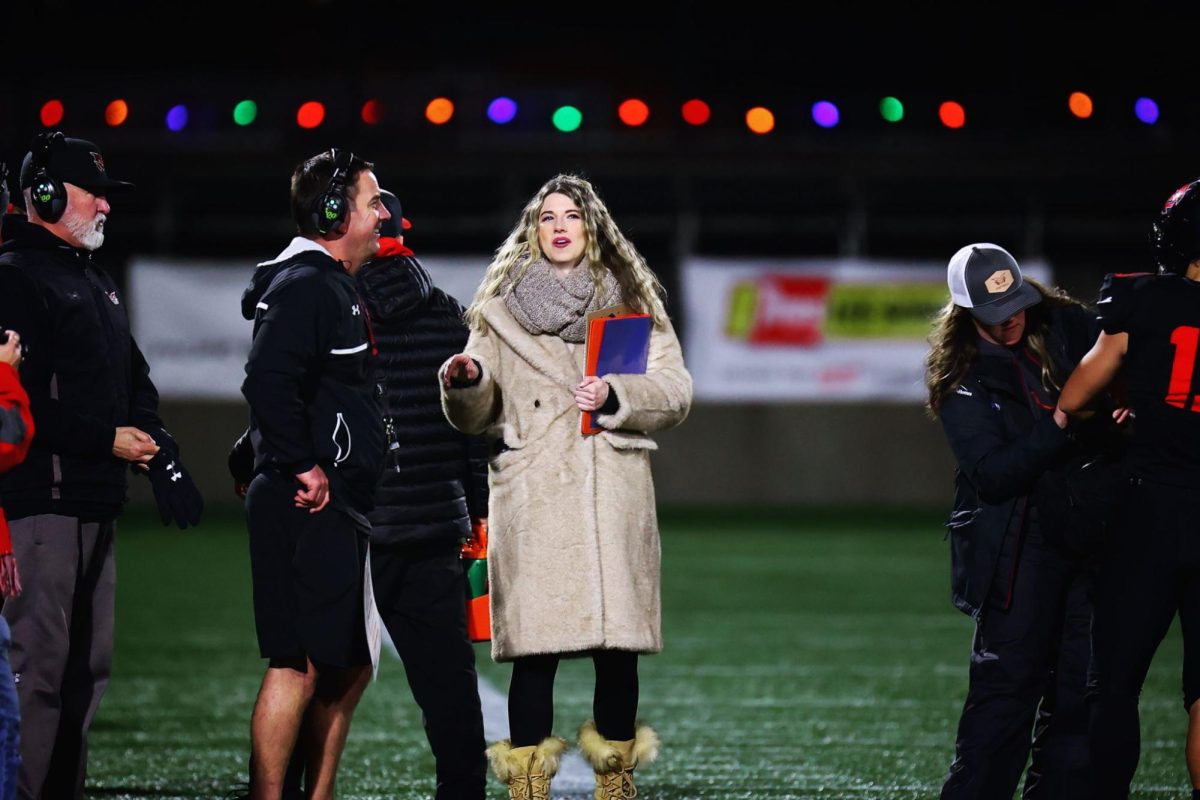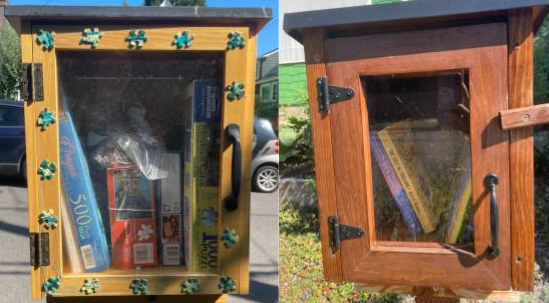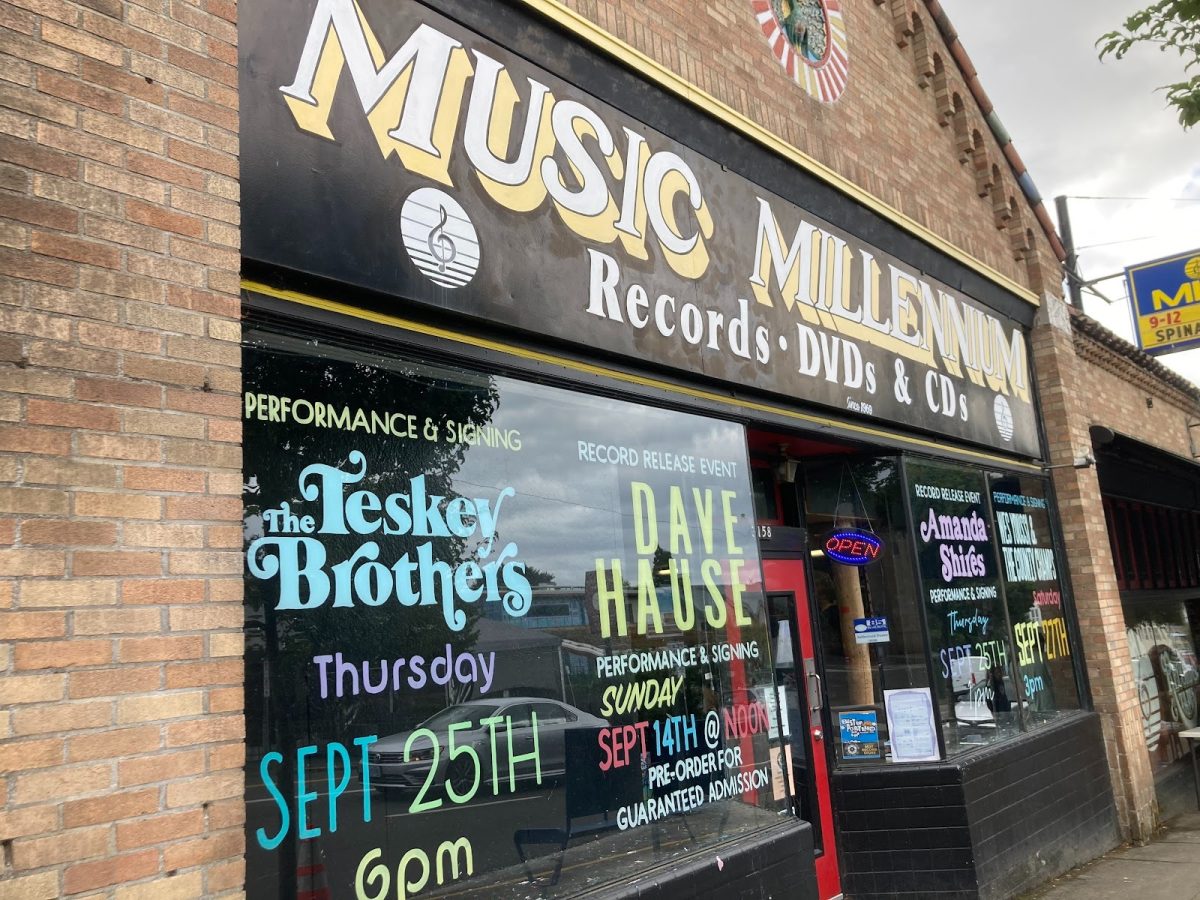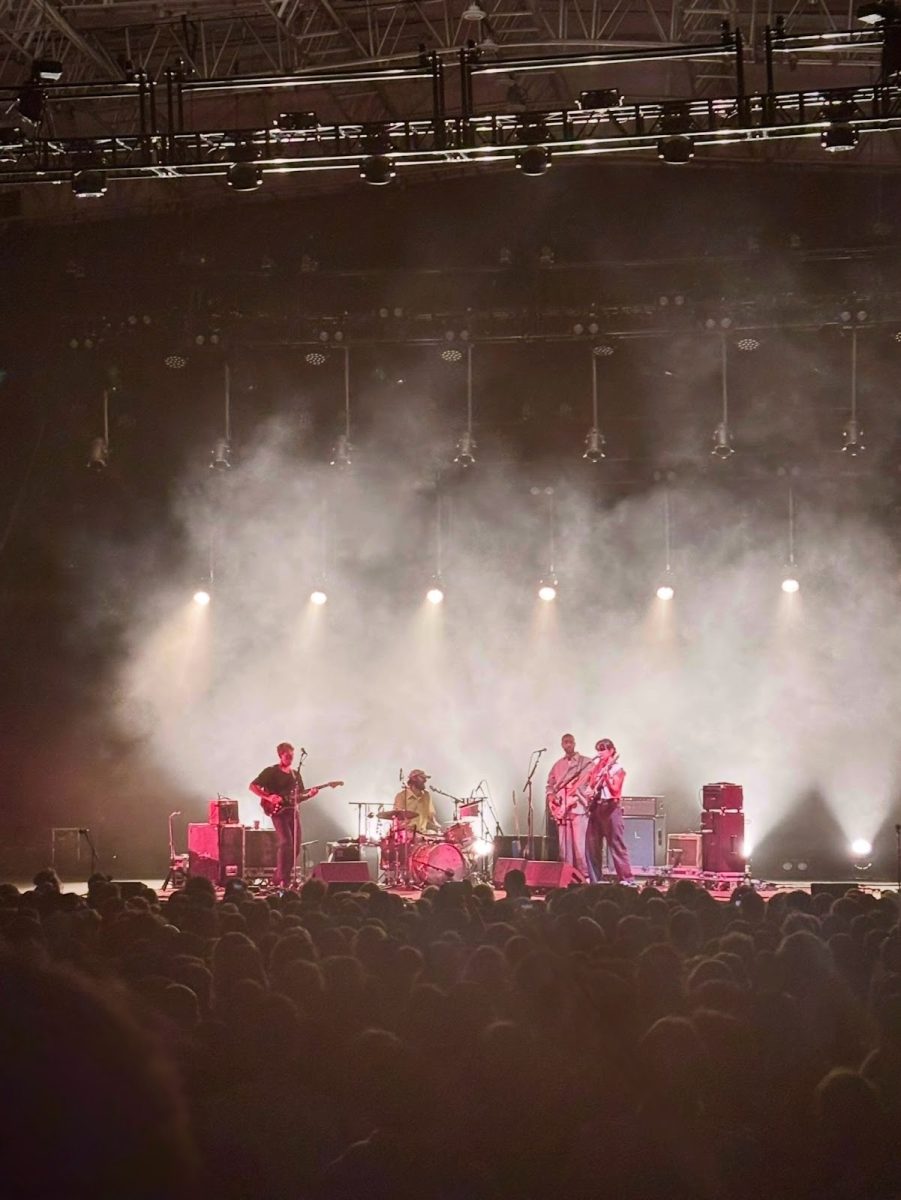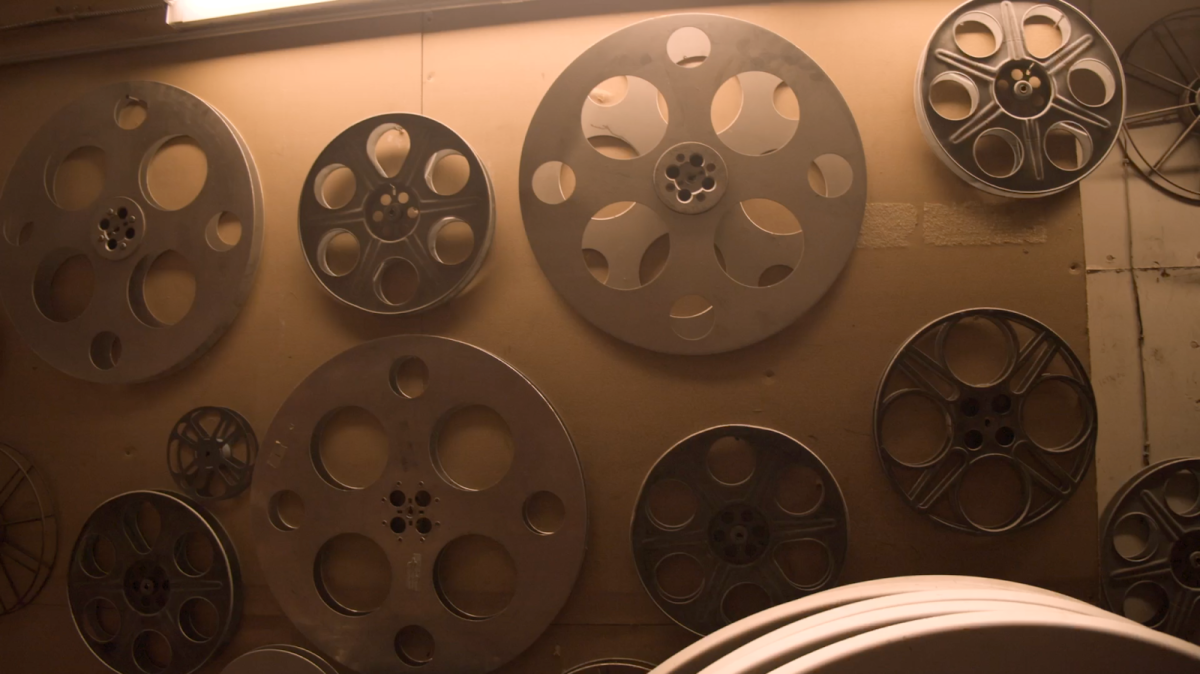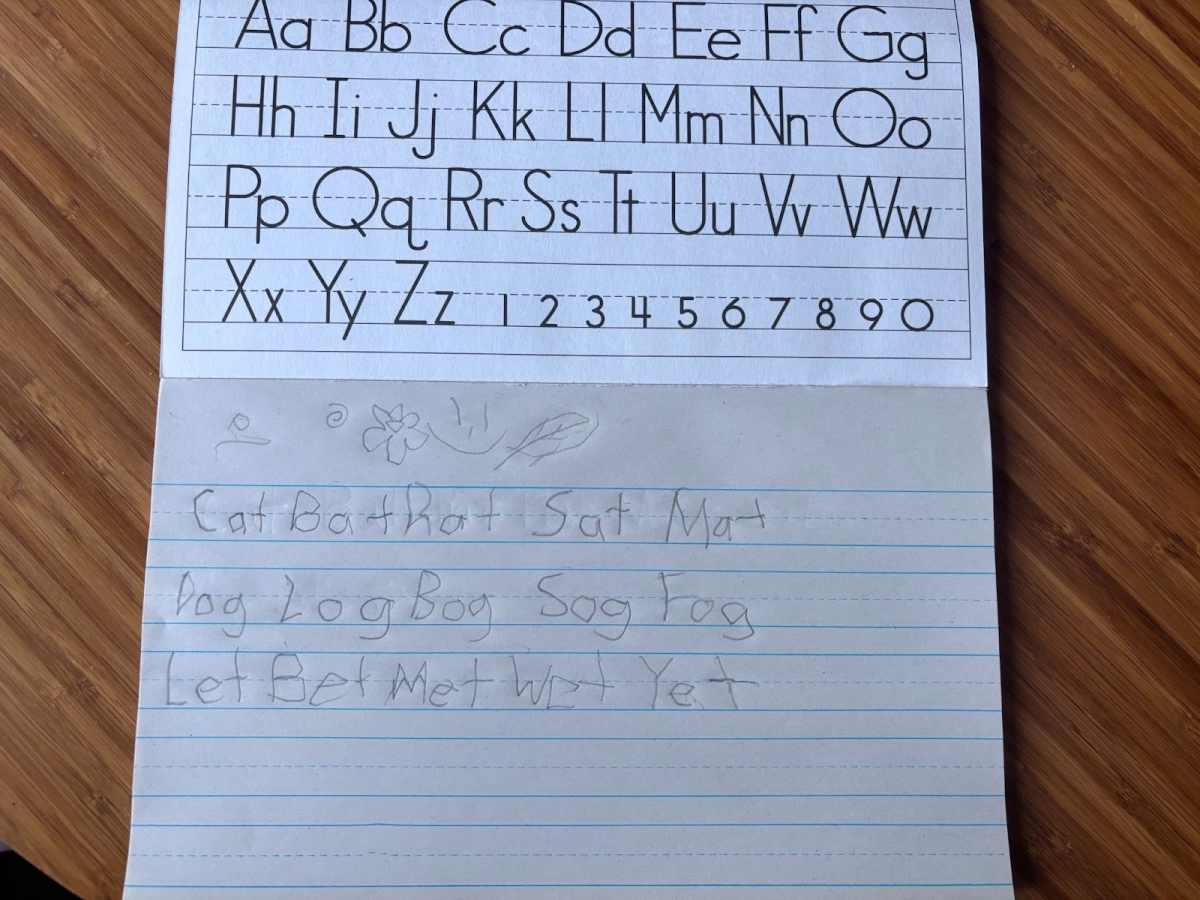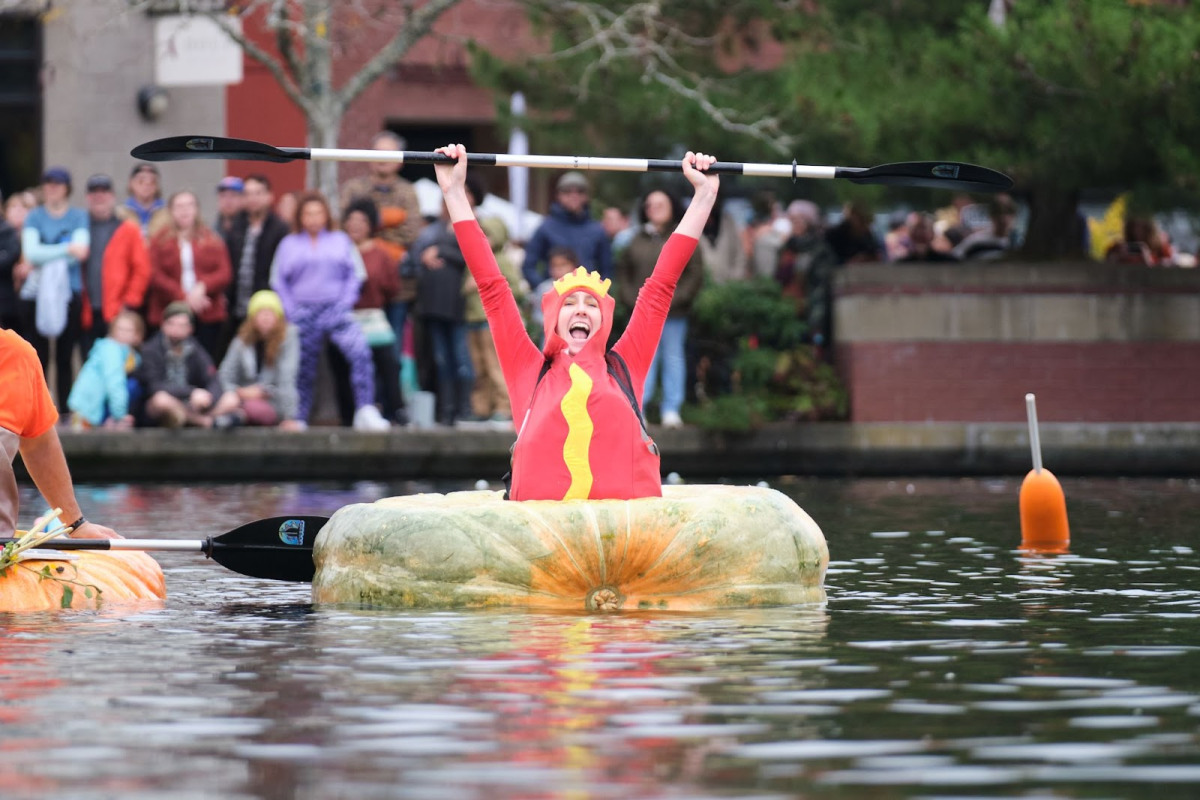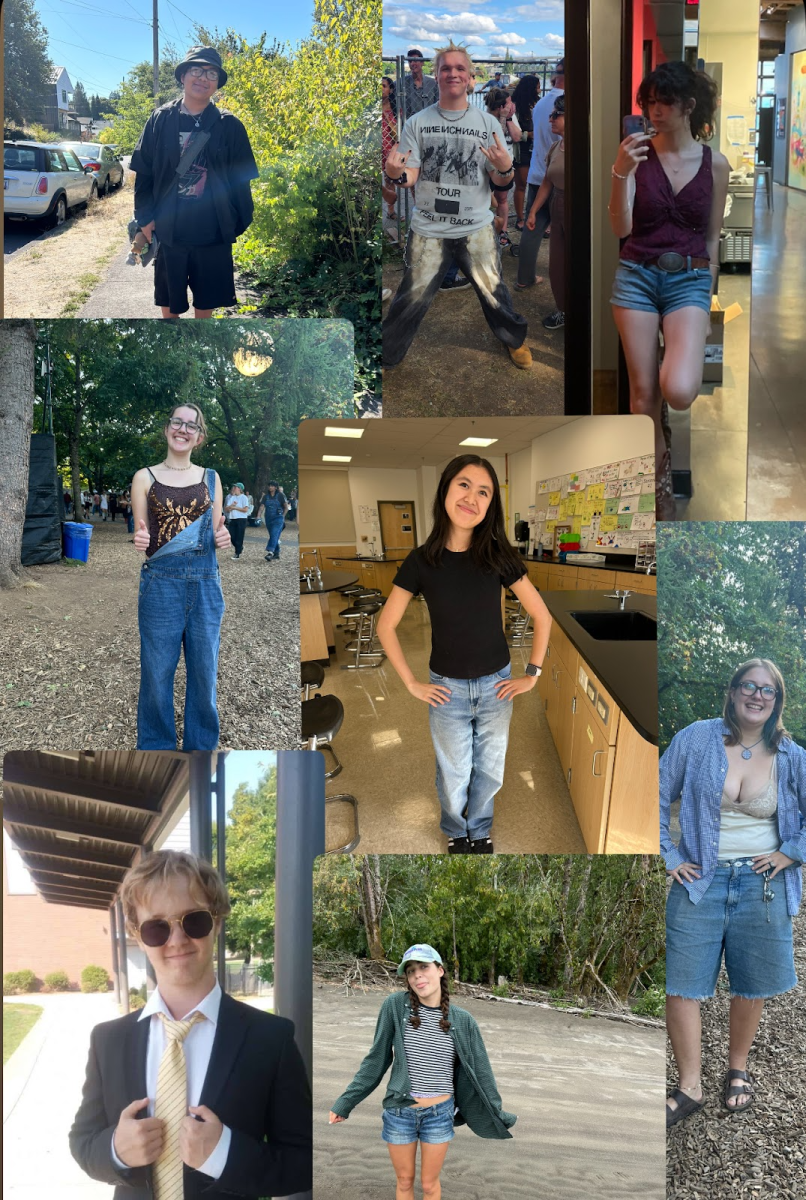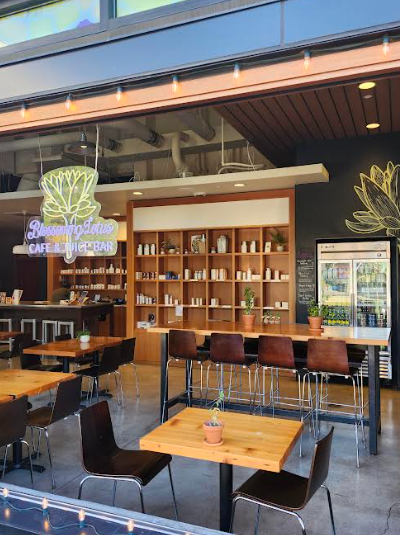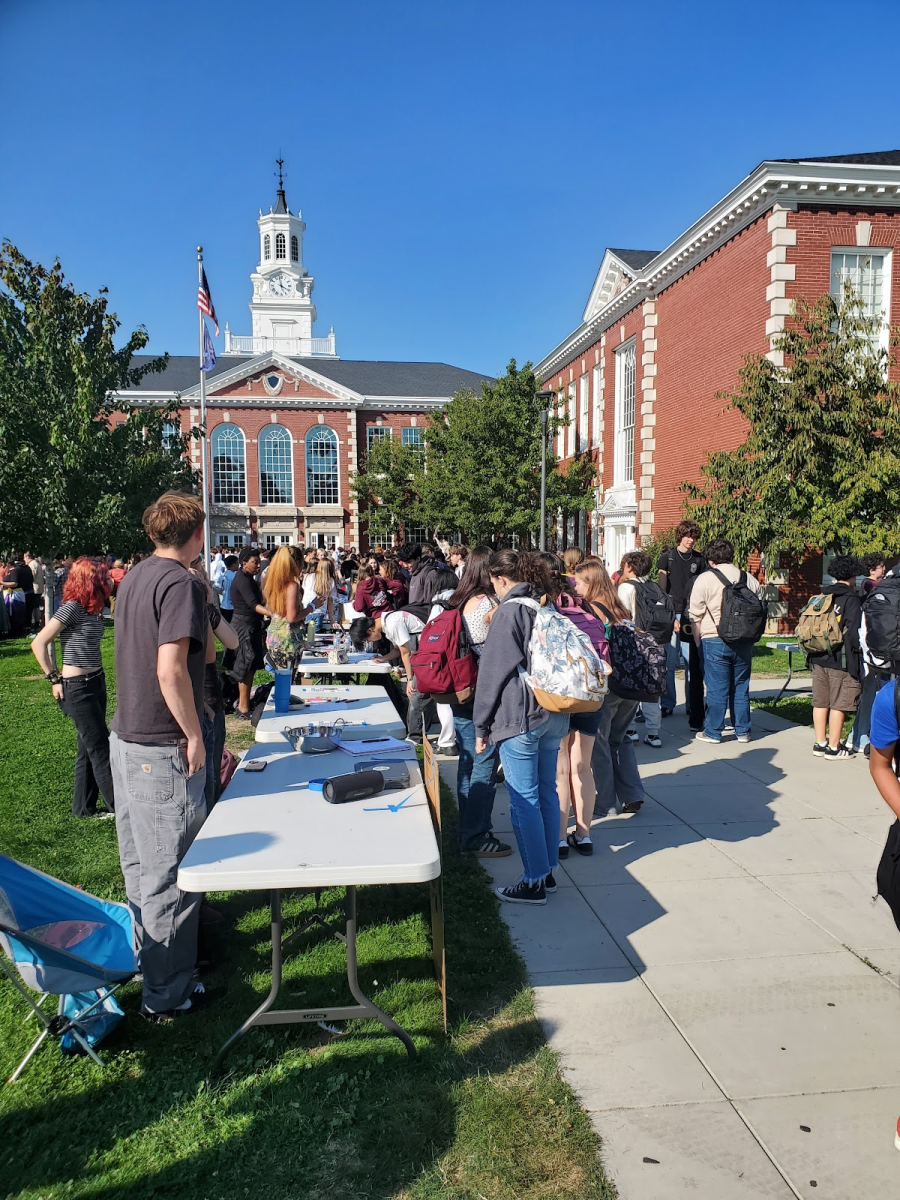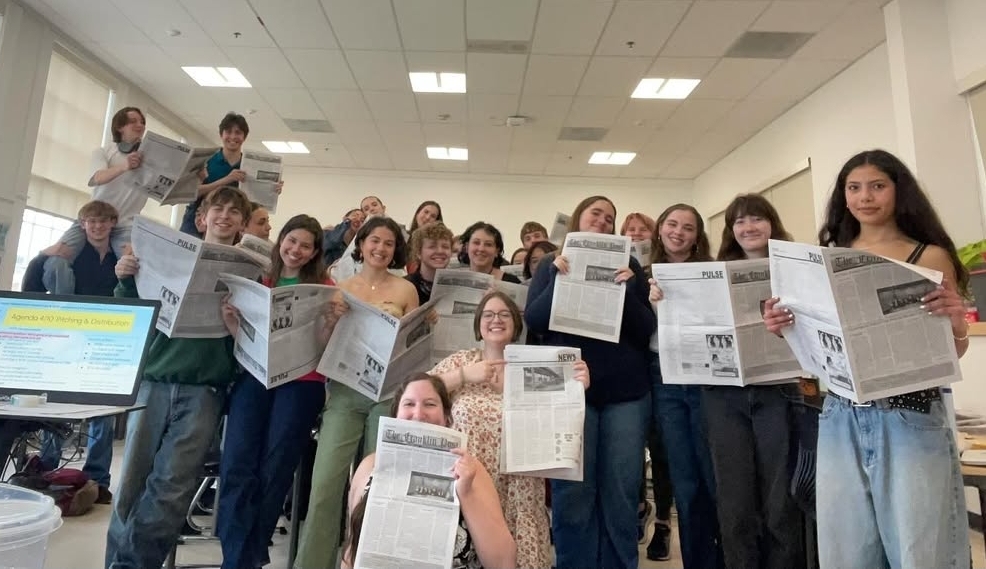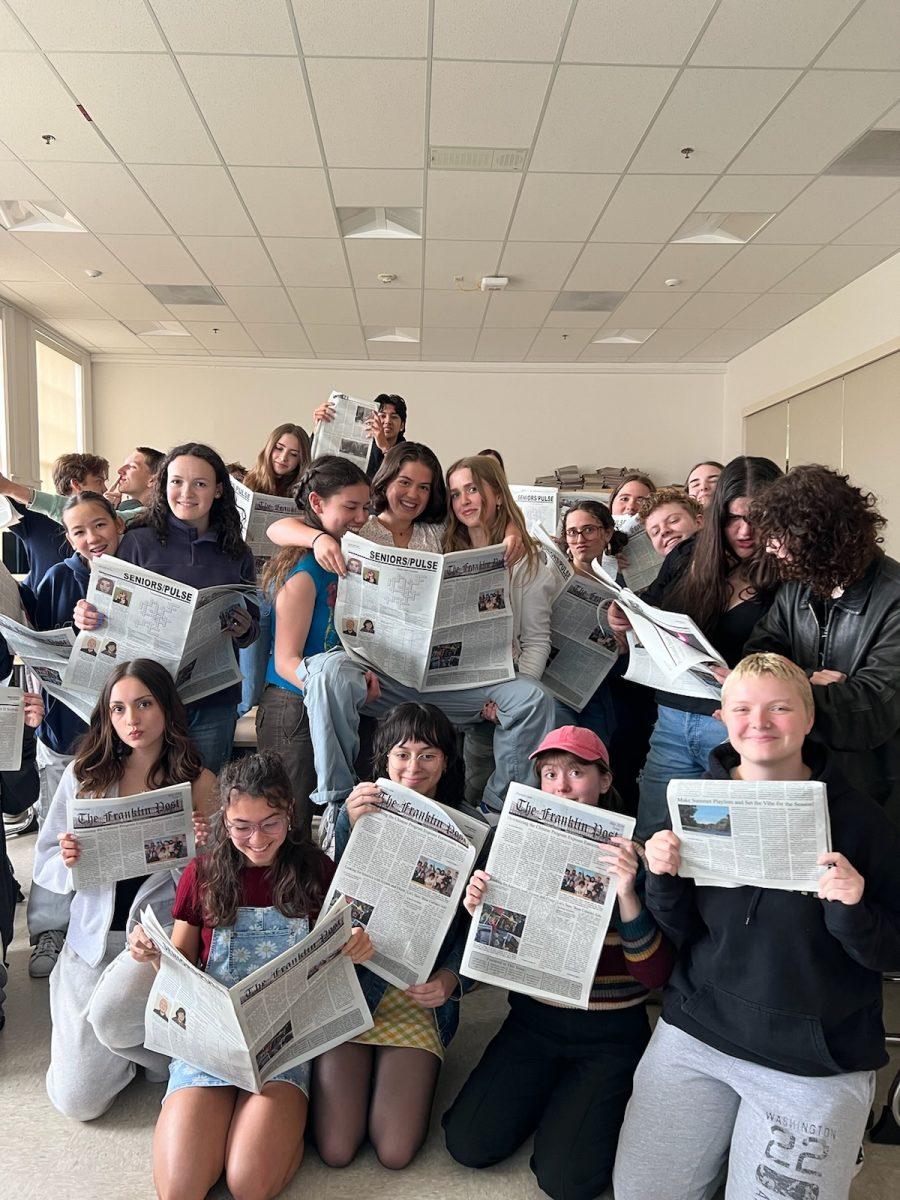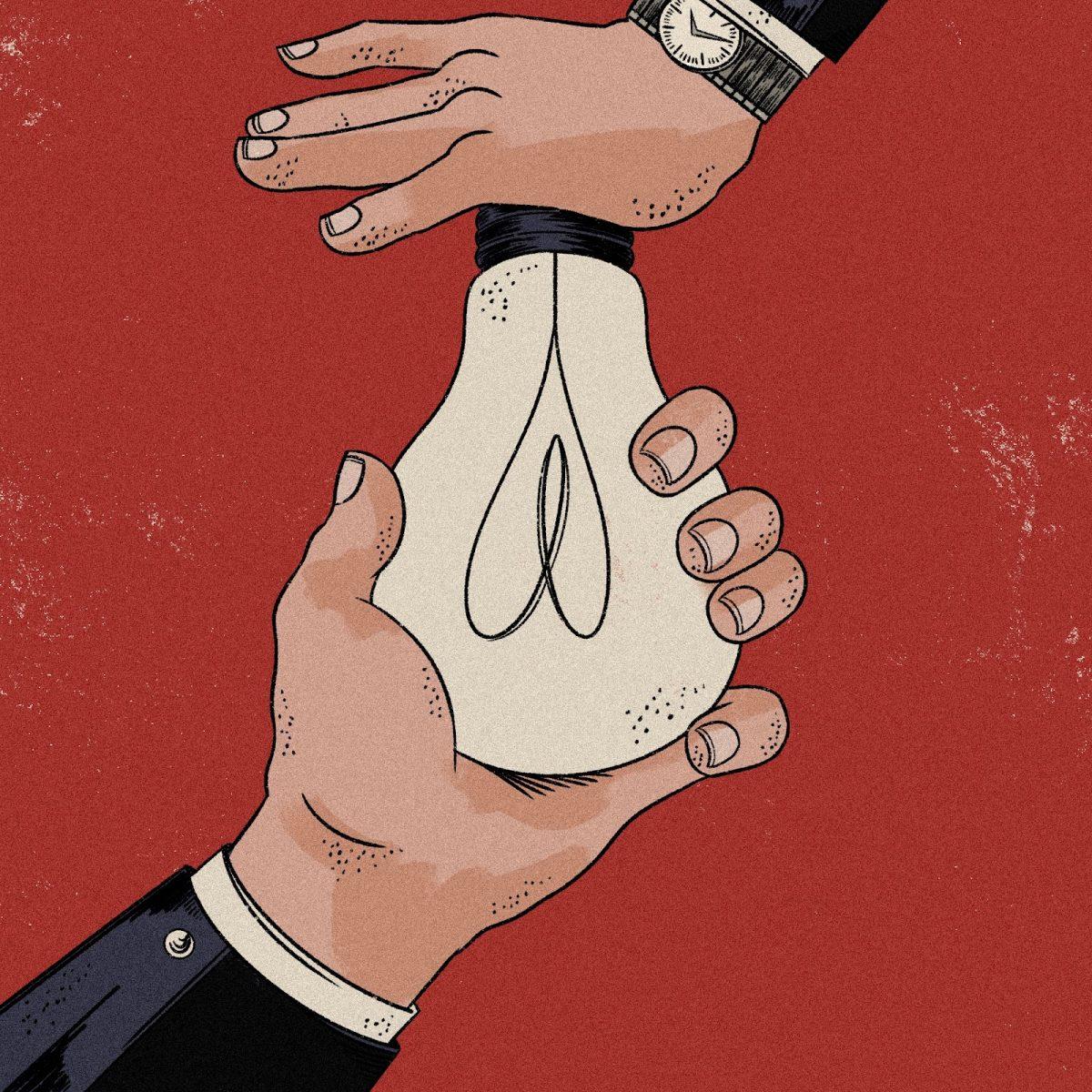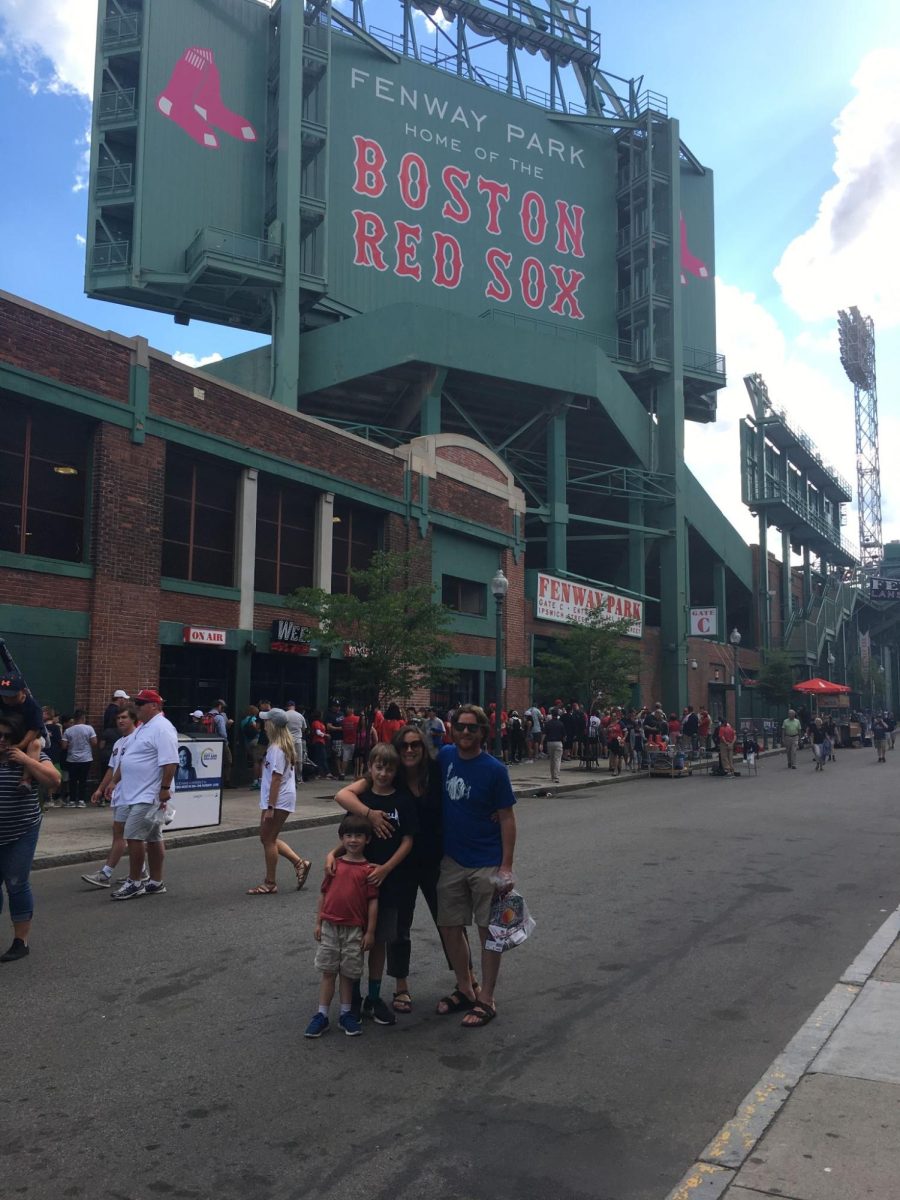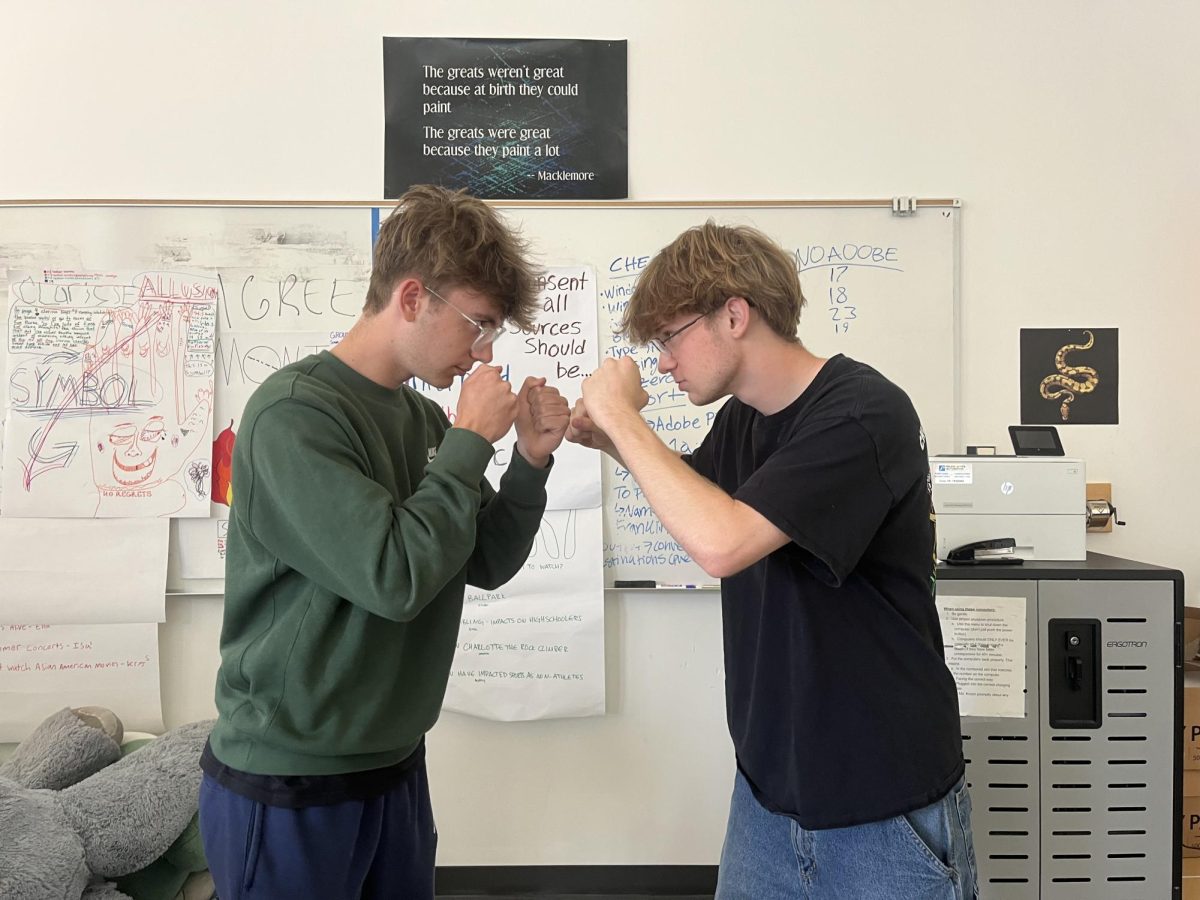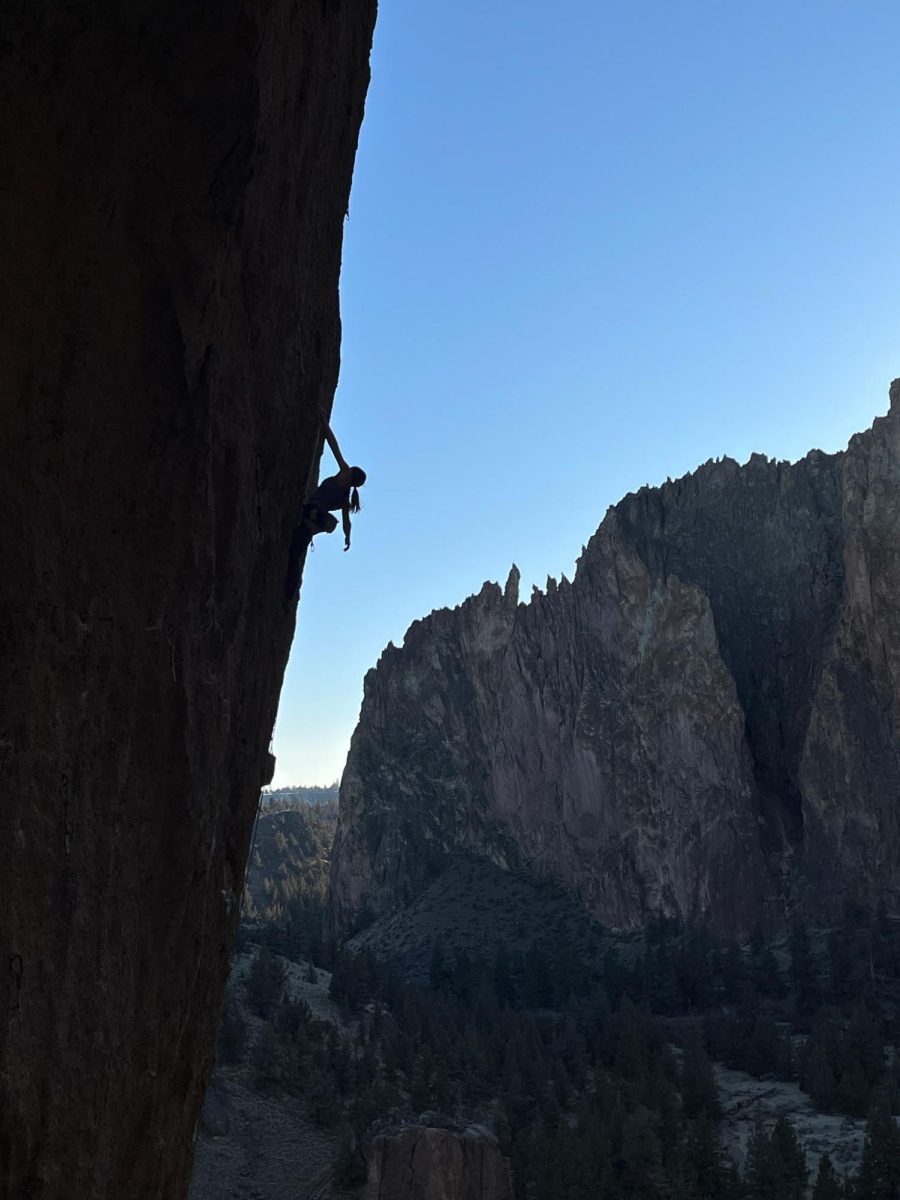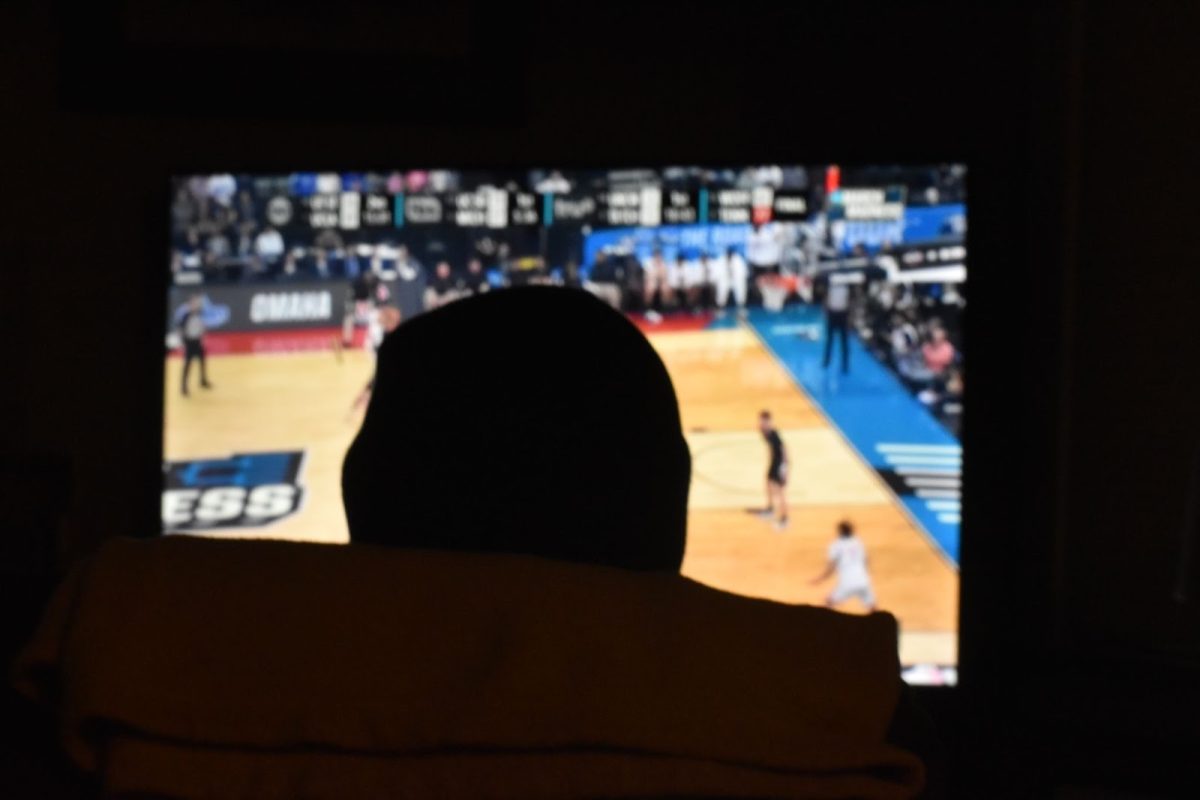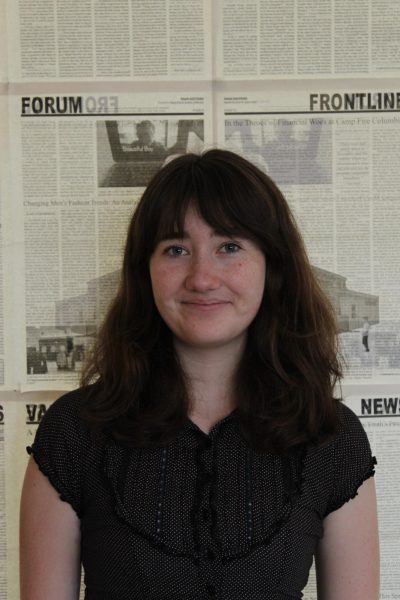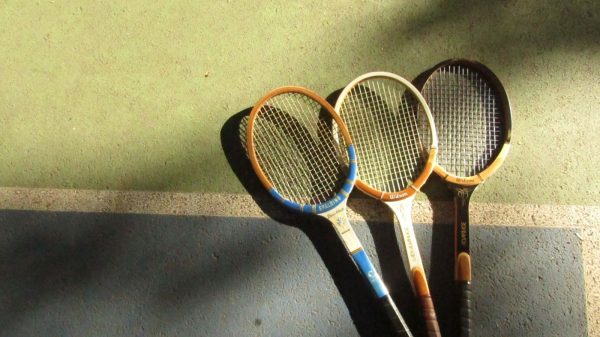
“People who get into athletics are going to play as long as they can. I see that with the people out here playing tennis,” explains Jim Craven, 79. He has just exited the court at Portland Tennis Center (PTC), where he plays regularly with a 55-and-over group. “The best I can say is that it follows you throughout your life. It’s hard to stop.”
Like many other senior athletes, Craven finds community in sports. Motioning around the room, where his compatriots are lacing off their court shoes and packing their bags, he says, “I’ve seriously been playing with this group for 15 years.” He briefly pauses our interview, and, gesturing to a teammate’s Stanford T-shirt, exclaims, “You’re a brainiac and a great tennis player, too!”
As of this year, the Oregon Office of Economic Analysis estimates nearly 900,000 Oregon residents are over age 65, which even outnumbers children in the state. Seniors — who are a part of Oregon’s workforce, families, and communities — contribute in innumerable ways, including one perhaps overlooked arena: athletics.
According to a 2024 report by the Centers for Disease Control and Prevention (CDC), only 13.9% of Americans aged 65 or older meet the federal guidelines for physical activity. Physical activity, which is impactful for a person at any point in their life, can be especially beneficial for older adults; regular exercise can reduce health risks, lower the chance of a fall, and improve mood, as per Johns Hopkins Medicine.
For Michael Harr, 70, health is one major appeal to participating in sports. “It’s good for your health. [When] you’re active, your joints don’t hurt as much. It’s helped me grow old peacefully,” he explains. Harr, a lifelong athlete, currently plays golf and pickleball, as well as swimming and sailing. He reflects on his time wrestling when he was younger: “I would say it kept me in school, and got me to college. I did quite well, although when I first started, I wasn’t good at all.” Harr says the mindset of self-reliance and competitiveness he gained from wrestling has followed him throughout his life. “I’m competitive no matter what I’m doing,” he says. “It keeps you sharp, active, and from becoming a couch potato.”
Harr says he always knew he wanted to be active, starting in his Little League days. What keeps him coming back to his athletic pursuits is the combination of fun and activity. “You get the adrenaline going, sometimes you get a little sore, but it keeps you wanting to do it again and again,” he describes.
“Fraility is the curse of aging,” says Gretchen Brauer-Rieke, a Portlander who hikes over 800 miles each year with her hiking group of older women. For her, the idea of remaining “functionally active” — meaning independent and able to carry out normal activity with ease — guides her relationship with physical activity. “My passion is to stay challenged, because challenge, if you think of it, brings growth,” she explains, commenting that she believes challenge to be a key tenet of exercise in older adulthood.
Skill, and the results it brings, are the great excitement of sports to Richard Gronostajski, 71. Having played tennis on and off throughout his life, Gronostajski started playing seriously about 10 years ago. Now he plays four to five times a week. “It’s a lot of tennis,” he admits.
His work has certainly paid off. He has just returned from winning a United States Tennis Association (USTA) sectional tournament with his doubles team and is now preparing for nationals. Gronostajski’s personal goal? He lights up when I ask. “What I’d like to do is win Nationals for 55-and-over singles. I’ve been the number one 55-and-over 3.5 player in the Pacific Northwest for three years now, but I haven’t won nationals,” he explains.
Gronostajski acknowledges that playing sports as a senior is all about adaptation. “I’m not going to be faster, but maybe I can get smarter, maybe I can play better without playing harder,” he strategizes. “Once you hit your 70s, your likelihood of improving physically diminishes quite a bit.” Craven’s reflections fall along similar lines: “I still got the shots in tennis, although I’m the slowest,” he explains of how he plays to his strengths. “The most important thing is to stay active and keep [myself] alive.”
Perry Mason, 60, a resident basketball player at the University of Oregon’s student recreation gym, learned to play as an older adult. With a childhood and young adulthood affected by poverty and abuse, his ability to participate in sports was severely limited. His first experiences with sports came in college, when he tried out for his school’s tennis team. He was cut. “However, I was damn good, especially for being self-taught,” he contests.
His best experiences with sports came from basketball. “Team sports, particularly basketball, have allowed me to finally be a kid in my life,” he explains. Picking up sports in adulthood — Mason picked up basketball at 45 — comes with its “awkwardness,” he describes.
The community of senior sports, fostered through team dynamics or connections built across years of events, is a key element of its vitality as a realm of activity. Gronostajski, who is currently on three USTA teams, is, needless to say, quite involved in the community. “We all want to win, but we’re not crazy about it. We’re not going to cheat, we’re not going to badmouth our opponents or anything,” says Gronostajski. “I think — particularly as you get older — you start realizing competition is fun, … but you don’t have to win everything.”
Harr, who lives more rurally than he once did, admits that community can be harder to find outside of busier areas. Still, “you see the same people lots of times, and become friends,” he says. He regularly participates in pickleball at Playground Sports in the Willamette Valley.
The fun of Brauer-Rieke’s hiking community is what engages her most, and she recommends that any older adult seeks fun in the athletics they pursue. “Making [sports] fun usually involves finding friends to do them with,” she explains. “And then finding the humor and the beauty and all the stuff that makes you want to do it again comes naturally.”
Craven hopes the younger generation will experience the same sense of connection he has found with his established tennis group. However, the newest sports fad, pickleball, has him troubled: “I’d like to see more young people playing tennis … pickleball is the craze now, and so I worry about that a little bit.” Craven’s tennis group has formed a kind of monopoly over certain time slots at PTC: “When we move indoors, we’ll have all the courts. There will be people who try to get in and can’t.” Gronostajski, too, groans at the mention of pickleball and relays his tale of going to a tennis court only to find it had been converted into many more pickleball courts. Their chiding is all in good fun, though, rooted in the spirit of competition they both value.
The sheer variety of activities for exercise makes being active, at any age, relatively easy. For Harr, a life of sports meant shifting between wrestling, badminton, softball, golf, and more throughout his life. For Craven, it meant an underlying beat of tennis, which continued its pulse through his time in the military, as a high school principal, and as a retiree. For Gronostajski, it meant a waning and waxing connection to tennis, in flux with his career. “It [started as] just an activity to get out and exercise. I wasn’t sure I’d even continue playing,” Gronostajski says of his perspective when he first started playing tennis, in high school.
Whether it’s for glory or simply fun, it’s clear that older Oregonians value their participation in sports for reasons beyond the health benefits. They find accomplishment and community, goals and life lessons. It’s never too late to pick up an athletic endeavor. Craven’s concluding thought is on his favorite shot, one that brings him success on the court as he’s adapted to use his shots over speed. “I love the drop shot. It’s a tough one, but I’ve got it, and I’m proud of it.”
